| The species in the NE. Atlantic |
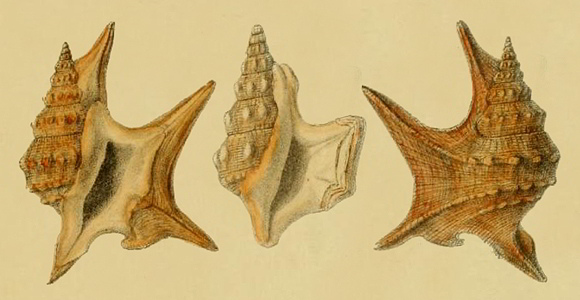 |
The species in W. Kobelt:
Iconographie der schalentragenden europäischen Meeresconchylien vol. IV, Wiesbaden 1908, plate CI. |
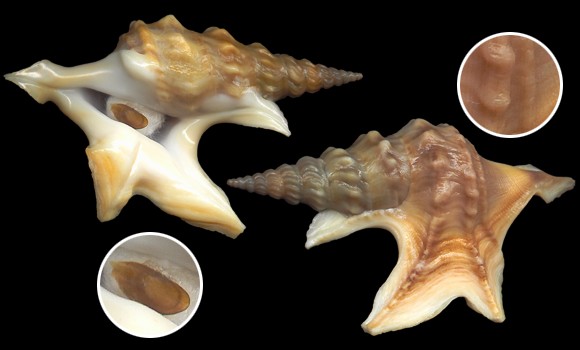 |
45-55m deep, on mud and gravel.
Burgau, Lagos, Algarve, S. Portugal. 46mm. |
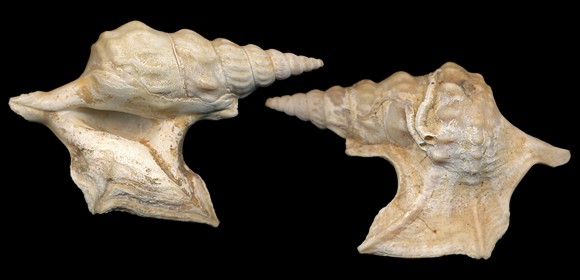 |
| 30m deep, Sesimbra, Lisboa, Setúbal, Portugal. 45mm. |
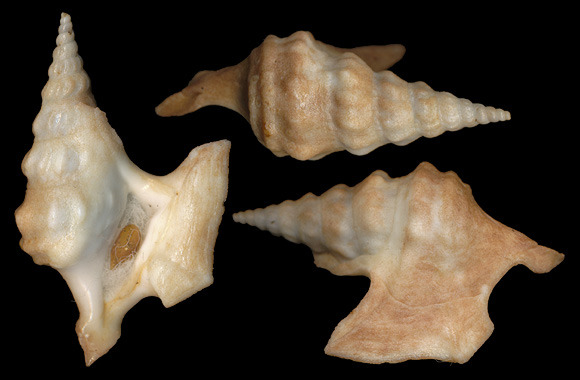 |
| Specimen from the Gulf of Biscay. 120m deep, on muddy sands, off Bayonne, Western Pyrenean, SW. France. 44,6mm. |
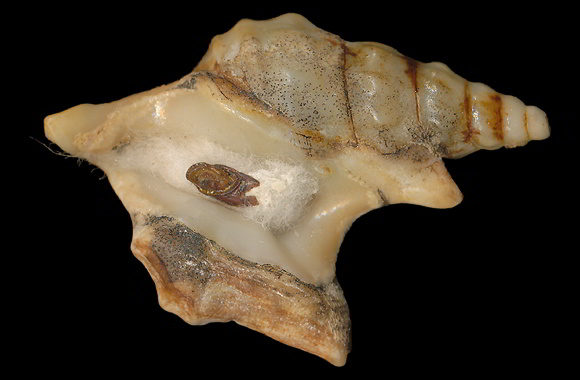 |
| A specimen dredged off Binic, Côtes d’Armor, N. Brittany, NW. France. 40mm. |
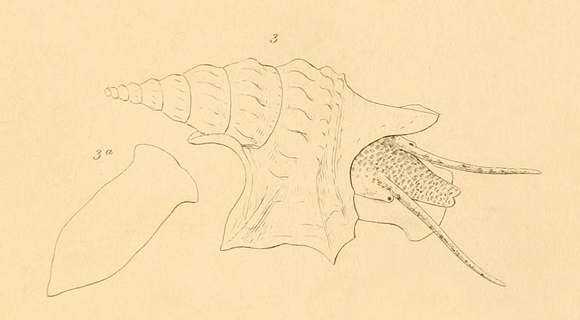 |
The animal in Forbes & Hanley: A history of British Mollusca and their shells vol. I, London 1853, plate II.
« Dr. Johnston remarks that the creature “creeps very slowly, the tentacula being widely extended, and used as feelers.” We have always found it very sluggish and unwilling to display itself when captured. » – Forbes & Hanley: op. cit. vol. III, London 1853, p.190-191. |
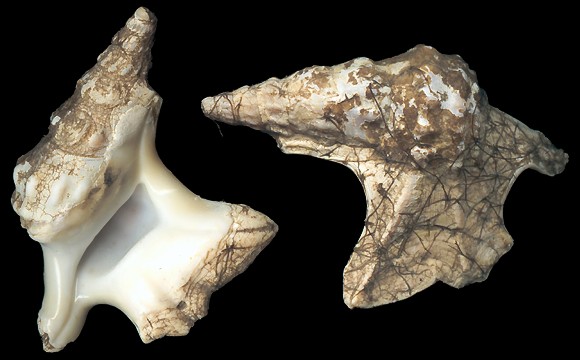 |
| 35m deep, Liverpool Bay, NW. England. 43mm. |
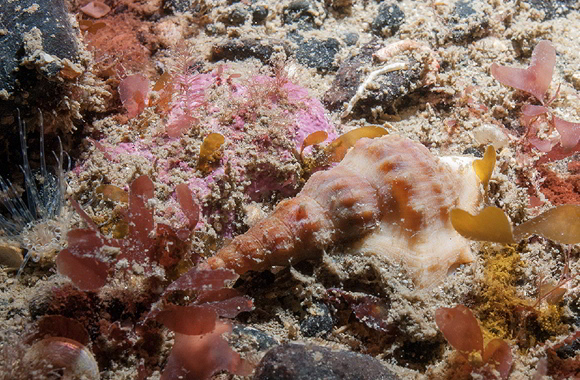 |
Off the SE. coast of Rathlin Island, Moyle District, North Ireland. Original picture provided by B. Picton for iNaturalist.
– (CC BY) – |
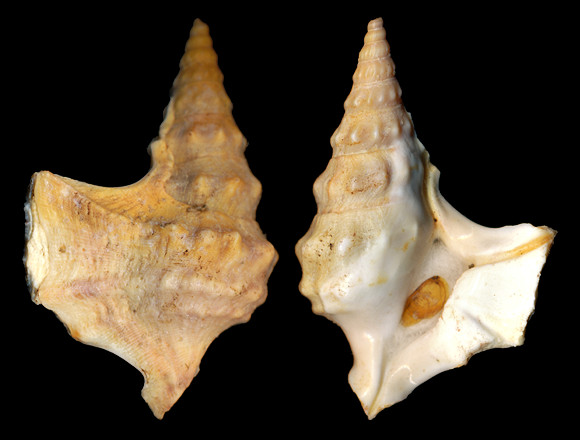 |
| Doggersbank, North Sea. 41,5mm. |
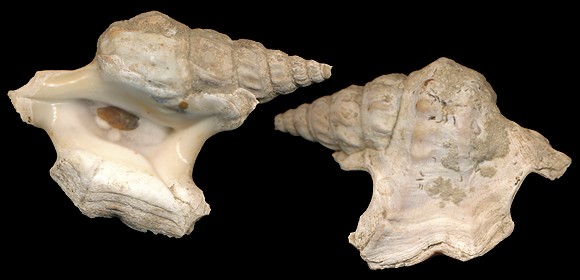 |
| Bratten Strand, Ålbaek Bugt, Frederikshavn, Nordjylland, Denmark. 41mm. |
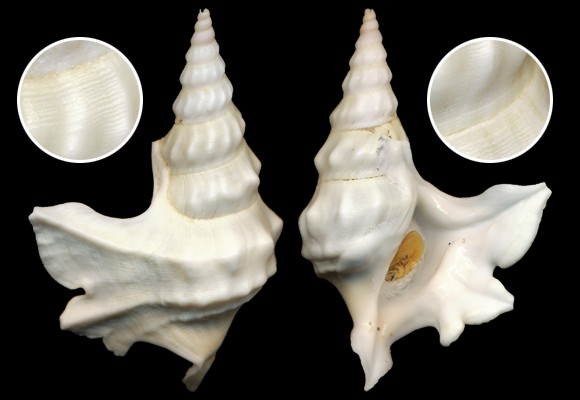 |
A synonym is Rostellaria aladraconis Perry, 1811.
At low tide, Ålbaek island, Ålbaek Bugt, Frederikshavn, Nordjylland. 36mm. |










